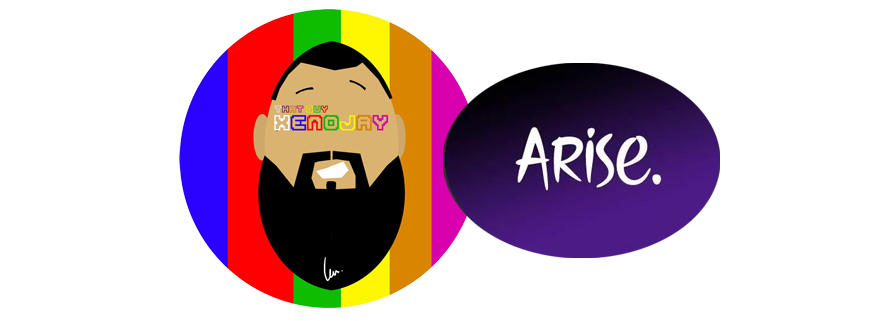It’s an interesting experience to have iterative technology.
The annual concept falls squarely on the shoulders of a certain fruit-themed company and their smartphone devices. But it’s existed as long as operating systems have. Patch updates. And much more within the Silicon Valley space. For the most part, it often means a finer eye is required to see what the changes could be. But a piece of technology that benefits wholly from the annual refresh, is that of the folding screen. And the Samsung Fold 7 is one of the clearest reflections of that yet.
I remember using the earlier Fold. A brilliant design only weighed down by…well, its weight. In the earliest stages, these devices were chasing the dream of the foldable phablet design. They did work and did nail the portfolio, but they were often cumbersome. Bigger than other devices in the smartphone category. But they had their place. And after six iterations, the seventh is really something to behold.
Befold?
Can’t help it when a pun is in front of me. Much like the title which is a reference to the song by Jungkook titled ‘Seven’. Which is also another layer, as he is Korean and Korea is the home of Samsung. If Shrek has taught me anything, it’s that things should have layers to it. And the Fold 7 has that.

It starts off with the first layer. A 6.5″ FHD+ Dynamic AMOLED 2X display that can run up to 120hz. And for pulling it out of your pocket to check any notifications or taking calls, it does the job phenomenally. It’s all about the iterations. Beating out the Fold 6 by .2 inches, this is the biggest front screen yet and makes a huge difference to the way you use and interact with this device.
As a Samsung user, the device was basically pick up and play with the way it duplicated my own phone and ran on One UI 8.0. And with a screen that was only .3 inches smaller than my current phone, it makes a large impact to adoptability of the device. Along with the impressive frame rate and lighting, switching from a Galaxy S to the Fold has never been easier.

I also adored the screens use of Always On Display. While it may be a One UI 8.0 feature, the transparent wallpaper on the AOD gave it a greater sense of availability. I didn’t need to ‘wake’ the device if I needed to see notifications. And depending on settings, it’s a possibility you could read your notifications directly from the AOD. It’s true that this all sounds nice, but this isn’t the highlight of the Fold is it. No. It’s about the main display.
Tucked between the 8.9mm device when folded is an 8″ display for all your phablet needs. But as I spent time with the device, I found myself erring on the side of “this may just be a tablet”. Measuring a staggering 4.2mm thin when unfolded, it feels like a true blue tablet experience. The 215g, 8″ screen feels like nothing as you hold it, and the new book-like spine reinforces the Fold 7 so it doesn’t feel like it will fold itself into oblivion. It looks like for the Fold, that 7 may just be its lucky number after all.

Yes, the back of the device suffers from the current trend of notches for the camera. While this is to cater to the powerful lenses they use, it’s still something I wish we could trend away from, or at least find a fix for. It does mean a case is king for the Fold, but compared to other devices on the market it doesn’t take away from it too much. And its cameras are still some of the best in show, with 10mp front cameras and 200mp wide-angle, 12mp ultra-wide and a 10mp telephoto rear cameras. These becoming even better to use as the synergy between Android’s camera software and One UI’s starts to draw closer.
So what are our final thoughts?
While 2 weeks for review hardly provides the lived experience of owning the Fold 7, the actual aesthetic and ability to pick up and play after switching devices warrants the first folding smartphone that’s really made me feel like they’re getting there. The weight of the unit, comfort in hand in both folded and unfolded modes, and the ways you can use One UI across the larger screen sees a device that has quite possibly nailed it. And if there’s any drawbacks to it, it’s the iterations.
Because if this is what the Fold 7 has delivered, then I can’t wait to see what the Fold 8 might just look like.
The Fold 7 has cemented itself as the best phablet on the market. Everything about the overall build has made it the superior of its six former iterations. But this is also its biggest setback, which is often the issue with iterative technology. Why buy this one when I could wait one more year for what's next?
While that's true, if you're in the market for a phablet and are ready to upgrade then I won't stop you. In fact, I'd tell you to go out and grab one immediately. So you can start learning how to use this incredible piece of hardware which may provide a dynamic means to both disrupt and increase your workflow.

